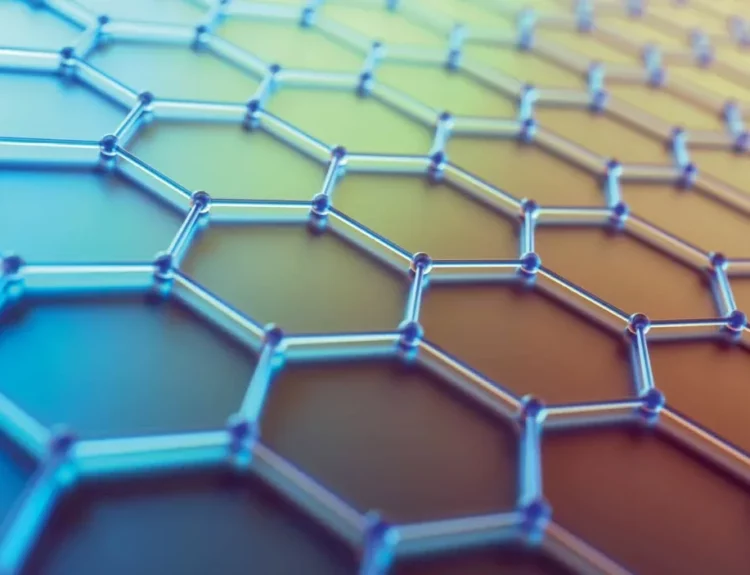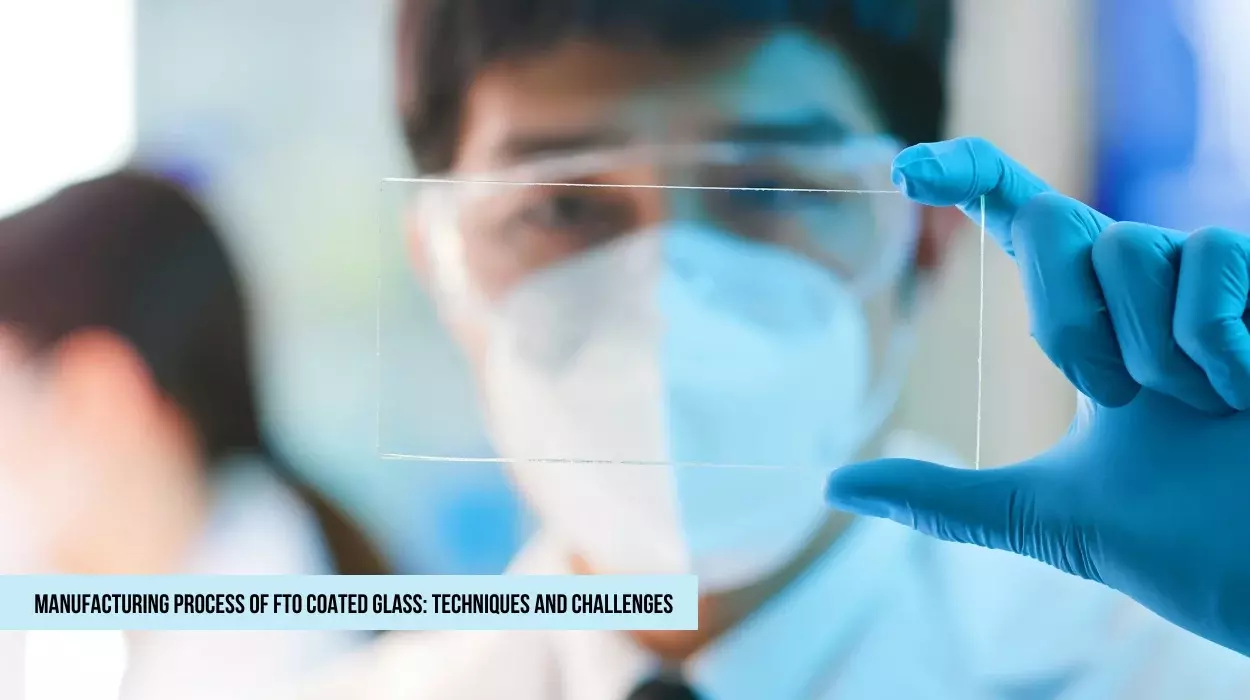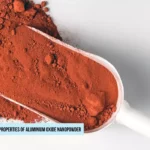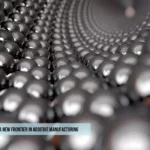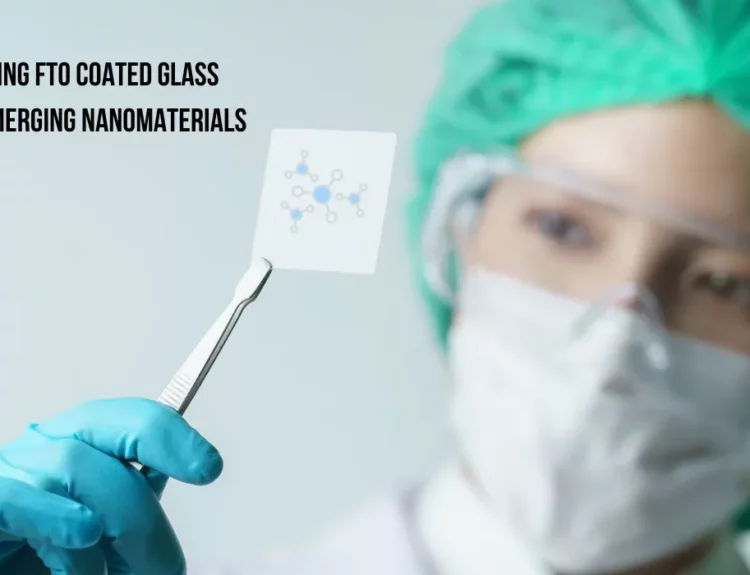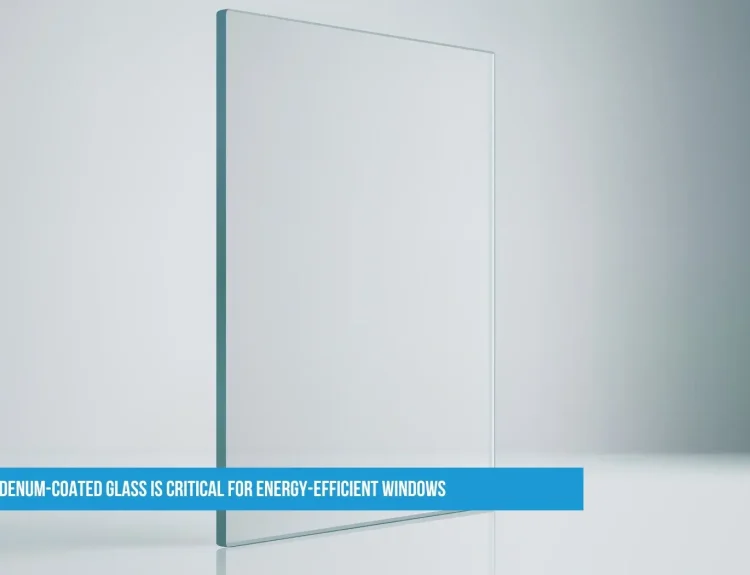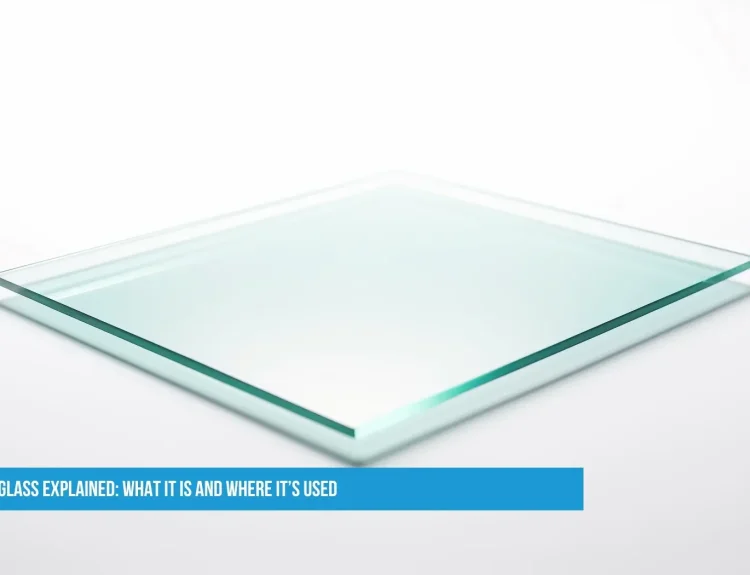Fluorine-doped Tin Oxide (FTO) coated glass is a special type of glass that conducts electricity while remaining transparent. It is widely used in solar cells, touch screens, and sensors. Making FTO-coated glass involves applying a thin, conductive layer of fluorine-doped tin oxide onto the glass surface. Let’s explore how it is made and the challenges involved.
FTO Coated Glass Manufacturing Techniques
Chemical Vapor Deposition (CVD)
- This is the most common method for producing FTO-coated glass. In this process, tin compounds (like tin chloride) are heated and combined with a fluorine source in the presence of oxygen.
- The reaction occurs on a heated glass substrate, forming a thin, uniform layer of fluorine-doped tin oxide.
- This technique ensures good adhesion and conductivity of the FTO layer.
Spray Pyrolysis
- This method sprays a solution containing tin and fluorine precursors onto a hot glass surface.
- As the solution hits the heated glass, it decomposes and forms a thin, conductive FTO layer.
- This technique is cost-effective and easy to scale for mass production.
Sputtering (Physical Vapor Deposition)
- In this technique, a solid tin oxide target with fluorine doping is bombarded with high-energy particles.
- The released particles deposit onto the glass substrate, forming the FTO layer.
- Sputtering allows precise control over thickness and uniformity but can be expensive.
Buy FTO Coated Glass
Challenges in Manufacturing FTO Coated Glass
- Achieving Uniform Coating Ensuring a consistent layer thickness across the glass surface is difficult but necessary for performance.
- Optimizing Conductivity and Transparency Increasing electrical conductivity often reduces transparency, so balancing these properties is challenging.
- High Processing Temperatures Most FTO coating techniques require high temperatures (400-600°C), which may limit the choice of glass substrates.
- Production Costs The use of high-purity chemicals and energy-intensive processes increases manufacturing costs.
- Durability and Adhesion Issues The FTO layer must strongly adhere to the glass to avoid peeling or degradation over time.
Conclusion
Manufacturing FTO-coated glass involves advanced techniques like CVD, spray pyrolysis, and sputtering, each with its benefits and challenges. Despite the difficulties in achieving perfect uniformity, balancing transparency and conductivity, and controlling costs, FTO-coated glass remains essential in various industries. Continuous research is focused on improving production efficiency and enhancing the performance of FTO coatings.
